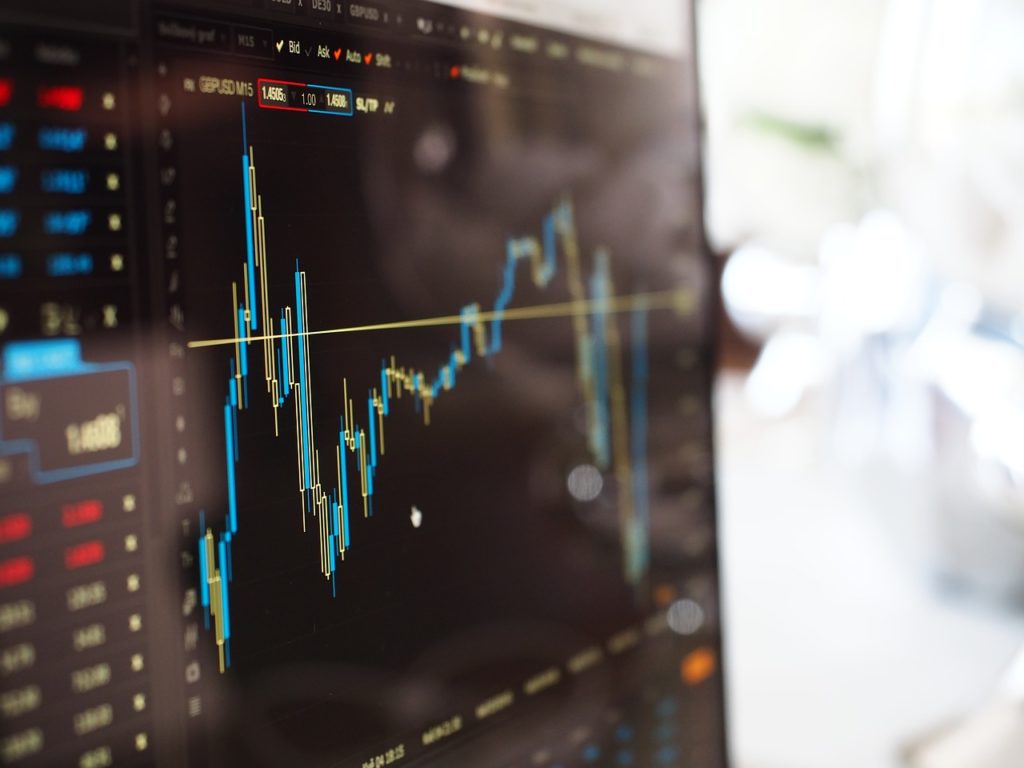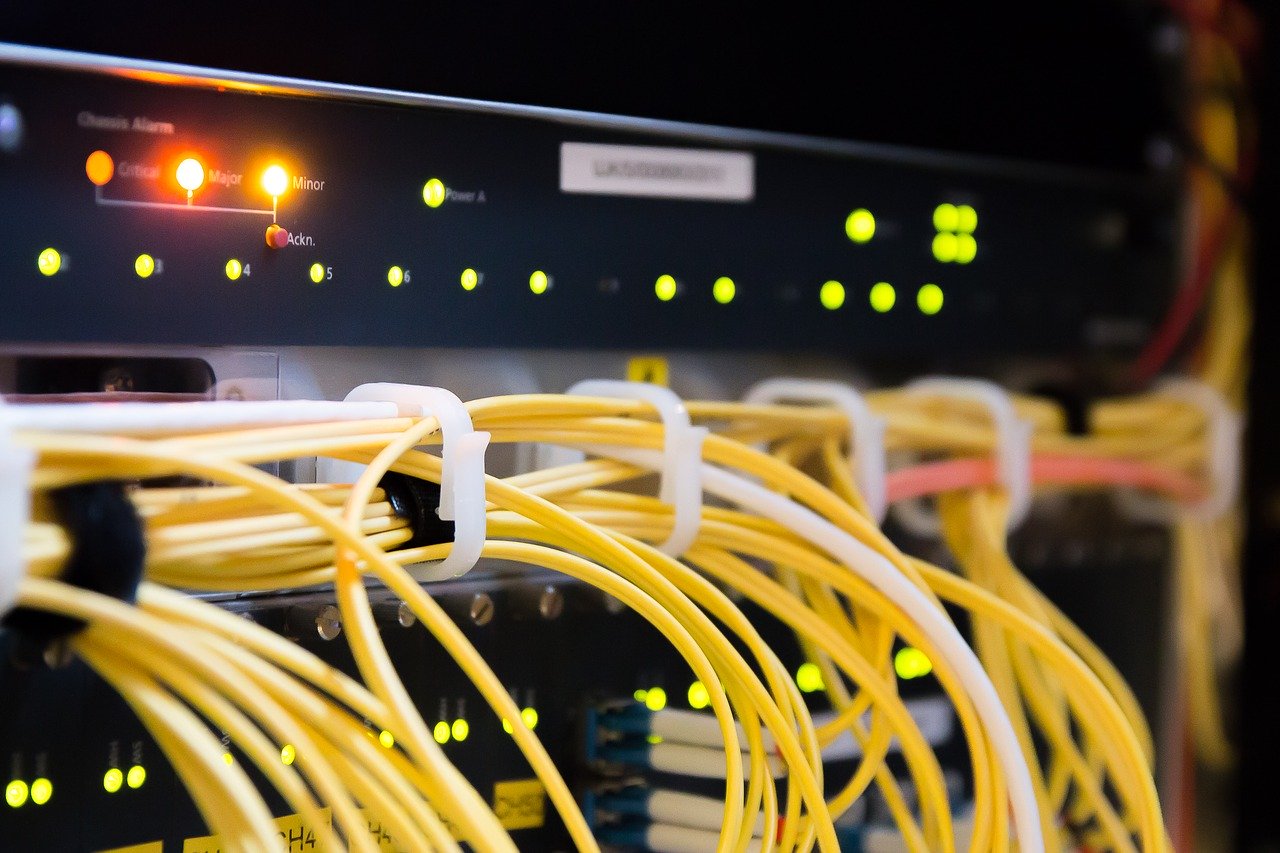If you’ve ever tried your hand at investing, you’ll know there are two main types of trading you can engage in: active or passive. A discussion about the merits of active versus passive trading often sparks an argument; people tend to be passionate about one or the other. Active trading, as the name suggests, requires a more hands-on approach, requiring a portfolio manager to decide whether or not it’s time to buy or sell. It usually requires a much deeper analysis of the stock market in general and greater expertise about particular stocks and investments. Active investors look to beat stock market returns and make a profit off short-term fluctuations in pricing.
A passive investor, on the other hand, is looking to ride the long-term gains to a profit, generally ignoring short-term changes. These types of investors limit buying and selling of stocks, typically relying instead on a buy-and-hold mentality. You may have your own opinions on whether active or passive investing is better. But is active investing really being done by humans anymore? The answer might surprise you.
What’s Driving the Stock Market?
When you see quick shifts in the stock market prices, like the value of the DOW or S&P 500 throughout the day, it’s not nervous investors selling and buying stocks at the drop of a hat. It’s actually an algorithm; machines are making many of the decisions. Around 50 to 60% of market trades that occur on any given day are executed by machines, without any humans involved in the trade. If the market happens to be more volatile that day, machines can be making decisions for up to 90% of those market trades. The problem with algorithms and formulas making decisions is that most of these decisions are closely aligned—which can cause extremely quick momentum swings in the market.

Is Machine Trading a Good Thing?
For the most part, the fact that algorithms are primarily driving the boat is a good thing. Machines aren’t affected by human emotions like we are, and they can make decisions based solely on data, without any fears, prejudices, or hesitations. This can mean quicker rebounds from lows in the market. When human beings might be reluctant to get back into the action, a machine will see the opportunity to buy left by a market downturn and take advantage of it without hesitation.
Algorithmic Trading Programs and Automated Day Trading Software
The prevalence of algorithms in the stock market nowadays means that the average investor is now at a distinct disadvantage. Remaining competitive in this market means that you need to invest in automated day trading software (EAs), algorithmic trading programs, or even a trading computer of some kind.
Algorithmic trading programs allow computers to examine data from the stock market and make trading decisions in the blink of an eye at a rate that is impossible for a human investor to match. Automated day trading software makes trading decisions based on parameters written into the program. Creating this type of program requires extensive knowledge of day trading and the stock market at large. Those buying this type of software are dependent on the knowledge of programmers who created the software in the first place, not to mention the problems that can occur from updates or bugs in the software.
If you are running a program like this on your personal computer, you will still need to be knowledgeable about trading to find any success. However, using this type of software can help take the emotion out of trading. Your software makes decisions totally unimpeded by emotions, biases, or uneducated “hunches,” and it can execute numerous trades in the time it takes you to simply blink. Anyone serious about trading invests in good trading software. Doing it yourself without computer assistance is simply not comparable anymore.
Trading Computers
If you’re serious about active trading, a good trading computer can also be essential. You will need a reliable and fast Internet connection, backup systems in place, and great hardware and software. You need to be aware as well of your computer’s available storage and processing speeds; the fastest processor and the most storage you can get will serve you well. Having a dedicated trading computer is essential to avoid problems like slippage. Slippage can occur when you execute a buy or sell order and see a very different price than you expected. This usually means that the computer you are using was off, maybe only by a fraction of a second, and the price you are seeing is not truly in real-time. Slippage can throw off your trading strategy, and if you want to stay competitive, it needs to be avoided. Having a high-performance dedicated trading computer to manage your trading can help you avoid this issue.
Machines are running the stock market more and more, and if you want to take an active investment approach, it may be time to upgrade your tools.

